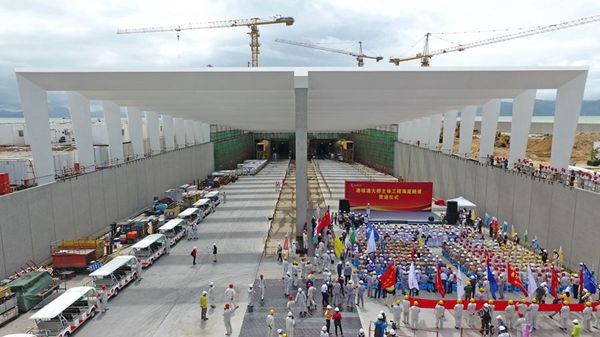Chinese Premier Li Keqiang has said that the government should attach more importance to encouraging innovation, optimizing the business environment and raising growth quality and efficiency.
Li made the remarks Thursday in a meeting with experts and entrepreneurs on current economic performance and suggestions about future economic work, according to a press release issued Friday.
After the economy stabilized in the first half, “we should not only have firm confidence, but also be well prepared for dealing with all kinds of difficulties,” Li said.
China should reduce transaction costs and streamline administration, delegate power to lower levels and improve regulation and services, Li said.
The government should also strive to create an internationally competitive business environment in which domestic and foreign companies are treated on an equal basis, the premier added.
China should continue to implement the strategy of innovation-driven development, improve the environment for entrepreneurship and innovation and upgrade the manufacturing and service sectors, Li said.
He also called for more progresses in technology, product upgrading and raising the quality and efficiency of growth.
China’s economy grew 6.9 percent year on year in the first quarter, the fastest pace in six quarters and higher than the government’s annual target of around 6.5 percent.
Q2 economic growth rate will be released on July 17.
“China should consolidate the foundation for the stable economic performance with sound growth momentum,” Li said.
The country will continue to stabilize macroeconomic policies, market expectations and the financial market, by sticking to its proactive fiscal policy and prudent monetary policy, taking forward-looking and effective macroeconomic regulation measures, and properly defusing risks, he added.
Efforts will also be made to ensure stable employment, reduce corporate burden, expand effective investment and make consumption play a larger role in economic growth.
The government should make sure that people get the benefits from development by fulfilling the promises of poverty relief, rundown area renovation and pollution control, among others, Li said.
“We should reduce the pains and difficulties in people’s lives, while increase their senses of gain and happiness,” the premier added.
